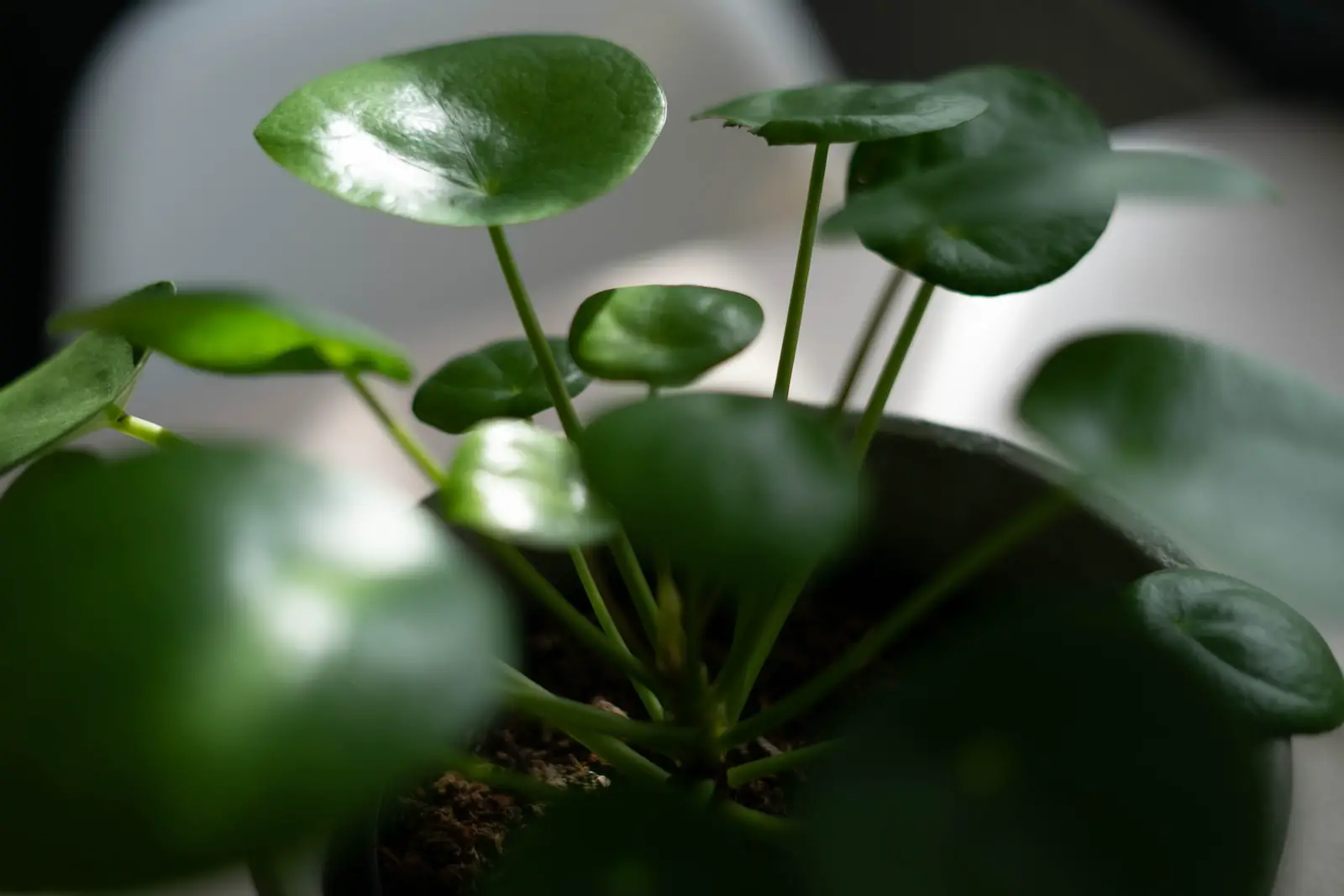Pilea, commonly known as the Chinese Money Plant or Pancake Plant, has become a favorite among houseplant enthusiasts, particularly for its unique and engaging appearance. Its circular, coin-like leaves lend it an appearance that is as appealing as it is distinct, and the ease of care adds to its popularity.
Originally from the Yunnan province of China, Pilea peperomioides is a member of the Urticaceae family and is appreciated for its bright green leaves and compact growth habit. It’s a plant that has been traditionally hard to find in the West, but in recent years it has become more readily available.
What makes Pilea particularly exciting for many indoor gardeners is its propensity for rapid growth and ease of propagation. The parent plant often sends out small pups that can be easily separated and grown into new plants. This has led to Pilea being passed among friends, hence another common name – the Friendship Plant.
| Aspect | Details |
|---|---|
| Common Names | Chinese Money Plant, Pancake Plant, Friendship Plant |
| Botanical Name | Pilea peperomioides |
| Family | Urticaceae |
| Plant Type | Perennial, Evergreen |
| Mature Size | 12 inches tall and wide |
| Sun Exposure | Bright, indirect light |
| Soil Type | Well-draining, peat-based soil |
| Hardiness Zones | 10-11 |
| Native Area | China |
Pilea Leaf Care
Caring for Pilea peperomioides is generally simple and straightforward. Its requirements are typical of many indoor plants, making it suitable for beginners and seasoned gardeners alike.
Pilea thrives in a bright spot with indirect light, well-draining soil, and consistent but moderate watering. Proper care ensures a happy and healthy plant that will grow quickly and produce many offspring. Regular inspection for pests and appropriate fertilization will contribute to its vitality.
Light Requirement for Pilea Leaf
Pilea prefers bright, indirect sunlight. Direct sun can scorch the leaves, while too little light can cause leggy growth. A north or east-facing window is usually ideal.
Soil Requirements for Pilea Leaf
A well-draining, peat-based soil is suitable for Pilea. A mix of potting soil with some perlite or sand ensures proper drainage and prevents waterlogging.
Water Requirements for Pilea Leaf
Water Pilea when the top inch of soil feels dry. Overwatering can lead to root rot, while underwatering can cause the leaves to droop.
Temperature and Humidity
Pilea enjoys a temperature range of 60-75°F (16-24°C). It prefers higher humidity but can tolerate average indoor levels.
Fertilizer
A balanced, liquid fertilizer diluted to half strength can be applied once a month during the growing season.
Pruning Pilea Leaf
Pruning is rarely necessary. If desired, trim back any leggy growth to maintain a compact shape.
Propagating Pilea Leaf
Pilea is easily propagated by removing the small pups that grow at the base of the plant. Separate with a sharp knife and plant in moist soil.
How To Grow Pilea Leaf From Seed
Growing Pilea from seed is possible but less common. Sow seeds in a well-draining mix, keep moist, and provide bright, indirect light.
Common Pests & Plant Diseases
Aphids
Small insects that can be washed off with water or treated with insecticidal soap.
Mealybugs
Treat with a cotton swab dipped in alcohol or insecticidal soap.
Common Problems With Pilea Leaf
Drooping Leaves
Usually a sign of underwatering. Increase watering frequency.
Yellow Leaves
May be caused by overwatering. Let the soil dry slightly between watering.
Brown Spots
Often a sign of too much direct sunlight. Move to a location with indirect light.
Pro Tips
- Rotate the plant every week to ensure even growth.
- Water with room temperature water to avoid shocking the plant.
- Remove any dead or yellowing leaves to keep the plant looking its best.
- If growing multiple pups, provide enough space for each to grow.
- Share the plant’s pups with friends – it’s called the Friendship Plant for a reason!




